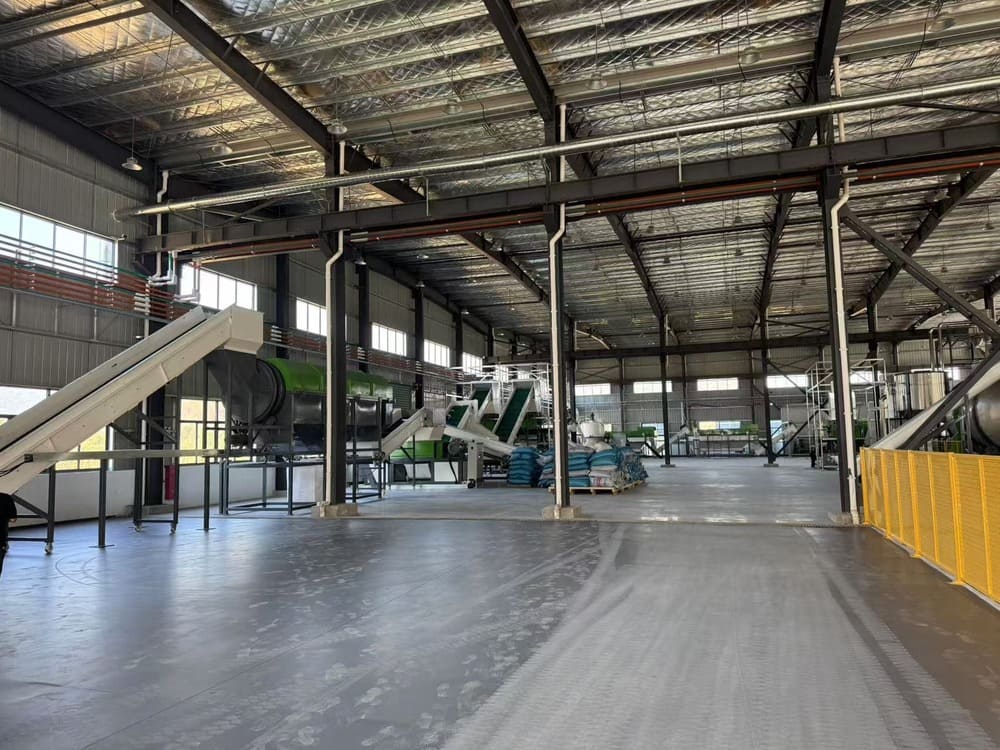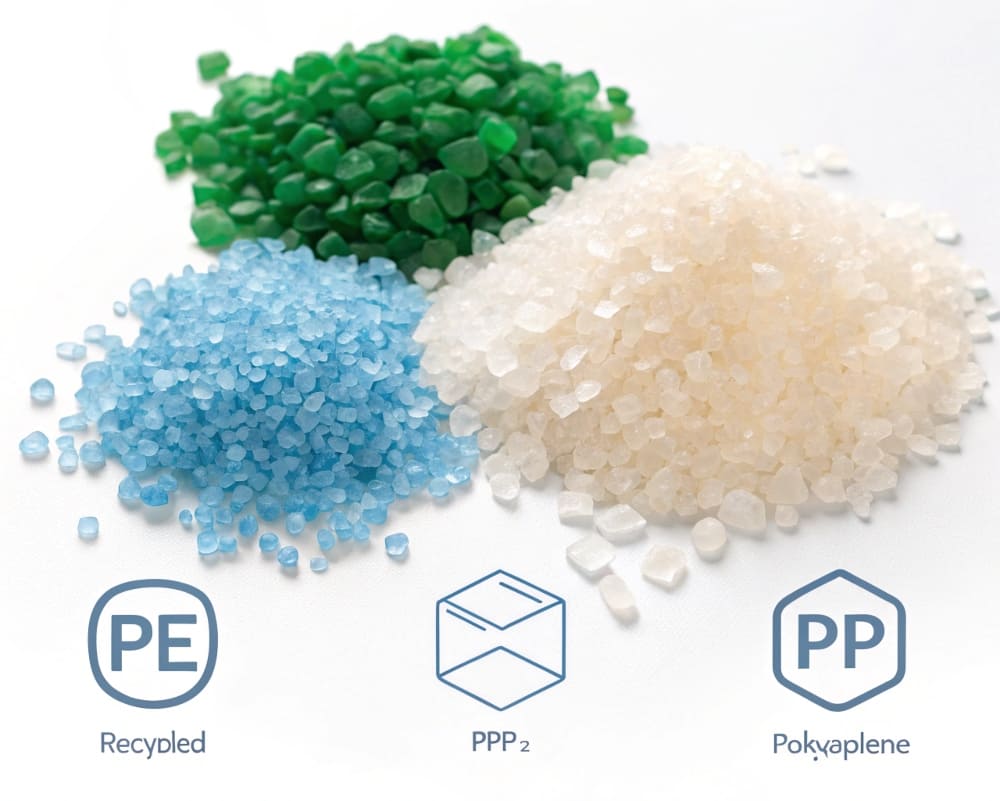Which recycling business is most profitable?
Starting a recycling business can be highly rewarding, but which material offers the highest return? Understanding the most profitable materials in the recycling industry is crucial.
Recycling businesses focused on polyethylene (PE) and polypropylene (PP) offer the highest profit margins. These materials are in high demand, and the recycling market for them is expanding rapidly.
 "Profitable Recycling Business"
"Profitable Recycling Business"
To make a profitable investment in recycling, it's important to understand which materials are the most sought-after and what products provide the highest returns.
Let’s explore the most profitable recycling business options.
Top 5 Most Profitable Recycling Business Ideas
If you're looking to enter the recycling industry, choosing the most profitable recycling business is key to long-term success.Profitability depends on factors like material value, processing technology, and local demand.
Among the most lucrative options are plastic recycling (especially PET and PE), e-waste recovery, aluminum can recycling, paper recycling, and used tire processing.
These sectors offer high return on investment and are supported by growing global awareness of sustainability.
What recycled material has the highest demand?
The demand for recycled materials fluctuates, but which ones are in highest demand today? Identifying these materials can guide your investment decisions in the recycling industry.
Starting the most profitable recycling business requires understanding local demand and material value.
Among all options, plastic remains the most profitable recycling business due to its volume and recyclability.
Entrepreneurs seeking the most profitable recycling business should explore PET bottle and HDPE recycling lines.
Polyethylene (PE) and polypropylene (PP) are among the most in-demand recycled materials due to their widespread use in packaging and various industrial applications.
 "High Demand Recycled Materials"
"High Demand Recycled Materials"
Polyethylene (PE) and polypropylene (PP) are the most sought-after materials in the recycling business.
They are used extensively in packaging, agriculture, and the automotive industry, which makes them critical to various supply chains.
Every year, global demand for PE and PP recycled pellets exceeds 20 million tons, and the supply is simply not enough to meet this demand.
As these materials are lightweight, durable, and versatile, their recycling helps to create valuable products like plastic containers, bags, and packaging films.
Another reason for the high demand is that PE and PP are relatively easy to recycle compared to other plastics like PVC or polystyrene.
These materials do not require complex separation processes, making them cost-effective to process. The reprocessed pellets can be sold for a higher price due to the high demand in various industries, ensuring a solid profit margin.
| Material | Demand Volume (Annual) | Industries Using It | Processing Difficulty | Average Market Price |
|---|---|---|---|---|
| Polyethylene (PE) | Over 15 million tons | Packaging, Agriculture, Automotive | Low | High |
| Polypropylene (PP) | Over 5 million tons | Packaging, Textiles, Consumer Goods | Low | High |
Discover which sectors offer the most profitable recycling business opportunities, including metal, e‑waste, plastic, paper, and organic waste, according to Recycling Today.
What is the best material to recycle for money?
When it comes to maximizing profits, which material should you focus on recycling? Let’s break down which recycled materials offer the best financial returns.
PE and PP not only have high demand but also offer the best financial returns in the recycling business. Their low processing costs and high resale value make them highly profitable.
 "Best Materials to Recycle for Profit"
"Best Materials to Recycle for Profit"
The best materials for recycling in terms of profitability are polyethylene (PE) and polypropylene (PP).
These two plastics are found in a wide range of consumer goods, packaging, and industrial products, which ensures a consistent demand for recycled materials.
The key to their profitability lies in their ease of processing and widespread use.
Recycling PE and PP requires relatively simple equipment, which reduces the initial investment in machinery.
These plastics are often collected from products like plastic bags, packaging films, and containers.
The cost to process them into reusable pellets is lower compared to other plastics, and the resale value of these pellets is high due to their demand in manufacturing new products.
One example is the demand for recycled PP in the automotive industry, where it is used to create lightweight, durable parts.
As governments around the world impose stricter regulations on waste and plastics, industries are increasingly turning to recycled materials to meet sustainability goals.
This trend helps drive up the price of recycled PE and PP pellets, providing an excellent profit opportunity for recyclers.
| Material | Processing Cost | Resale Value | Profit Margin | Common Applications |
|---|---|---|---|---|
| Polyethylene (PE) | Low | High | 25-30% | Packaging, Bags, Films |
| Polypropylene (PP) | Low | High | 25-30% | Automotive Parts, Textiles |
Identifying the most profitable recycling business requires careful analysis of material value, operational costs, and market demand.

